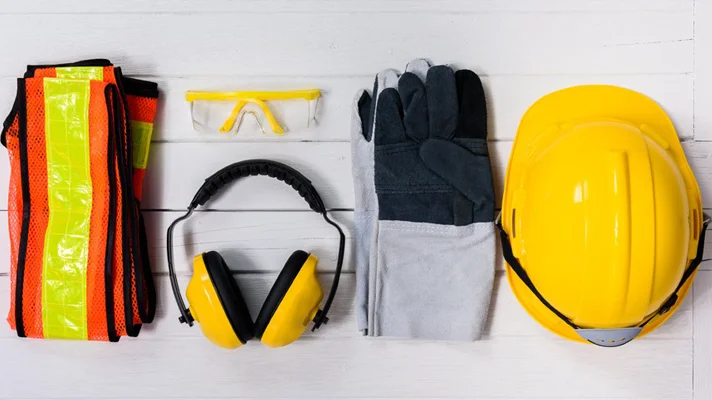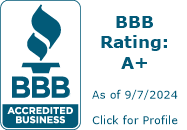Secure your future with Farm Insurance!
Personal Protective Equipment -Eye and Face Protection

While most incidents involving particles or material in the eye are addressed by flushing and basic treatment, many are more severe and can lead to long-term negative effects on eyesight. OSHA estimates that 1,000 eye injuries occur every day in U.S. workplaces and that most eye injuries can be prevented by wearing proper eye protection.
To reduce the risk of eye injury, start by choosing appropriate protective equipment, wearing it properly, and keeping it clean. Also remember:
Key Facts
- Proper use of eye protection is a requirement, not an option. Contact your supervisor if you are missing the correct eyewear so it can be replaced immediately.
- OSHA estimates about 40% of people suffering eye injuries were wearing the wrong type of eye protection. Lack of side shields is most often why material gets past eyewear. Safety glasses must have side shields and fit properly. A full-face shield or goggles may be needed for tasks where small particles or splashing chemicals are hazards.
- Lenses and shields must be kept clean. Many people remove or do not wear eye protection if it is or becomes dirty.
- Flying or falling objects and sparks cause an estimated 70% of eye injuries. More than half of all objects causing eye injuries are smaller than the head of a pin — and can easily get past improperly worn eye protection.
- Nearly 20% of all eye injuries are caused by contact with chemicals. Make sure that eye protection is appropriate when mixing or handling chemicals that can splash.
- Some eye injuries occur when people brush particles from eyebrows or hair off and into their eyes after glasses have been removed. Hair and skin should be cleaned before removing protective eyewear.
- Know how to react if something gets into your eye. Injuries often occur when rubbing your eyes or trying to simply remove an object from the eye. Workers exposed to possible chemical splashes must know in advance where eyewash stations are located and how to use an eyewash station.
- Immediately after an accident, flood the eye with water or eyewash solution, keeping the eye open as wide as possible, and washing for the recommended period of time.
- Do not add anything except water into the eyes to remove particles.
- Finally, obtain medical help as soon as possible.
Download This Article
Additional Safety Topics
We've Got You Covered!
We offer Farm Lines Insurance in five states: Ohio, Michigan, Illinois, Indiana, and Wisconsin.
Secure your future with Farm Insurance!
Hastings Insurance Company
404 E. Woodlawn Ave.
Hastings, MI 49058
Monday-Friday
8:00 a.m. - 4:30 p.m. (EST)
(800) 442-8277
Terms of Use and Privacy Statement© Hastings Insurance Company. All rights reserved.



